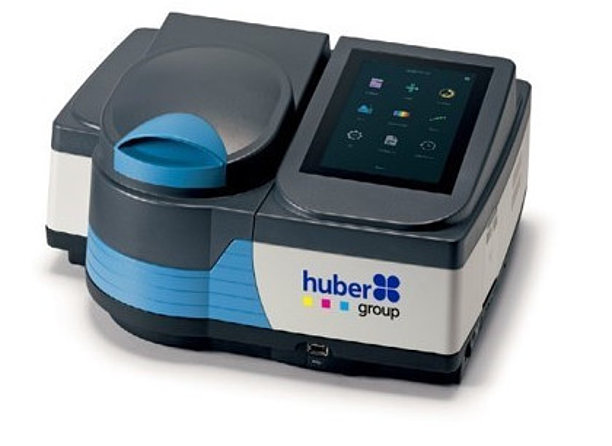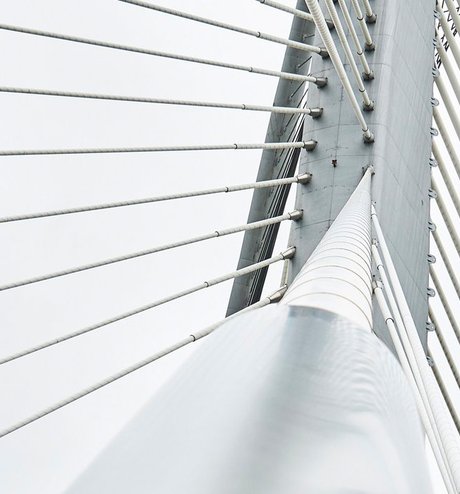Determination of the degree of curing of a coating - Short inspection of inks and varnishes with regard to their chemical cross-linking and further processability
Ref.-No. F-0155
The method is based on the fact that the polymer network in a cured coating is denser than in a coating that is less cured. It concerns a method by which chemical cross-linking and thus suitability for further processing can be determined for a system of coatings. It is based on the derivation of the degree of curing of a coating from the exit kinetics of a detection substance contained in the coating formulation. The detection is carried out by extracting the substance from the coating and comparing the extracted quantity with empirically determined reference values, which depend on the printing job and the requirements for further processing and application. A defined piece of the printed substrate is extracted for a specified time with e.g. solvent. The extraction solution is then analyzed by means of optical, spectroscopic or chromatographic studies and the amount or concentration of the detection substance contained in it is recorded. By comparing with reference values, the user quickly receives a quantitative statement on exit kinetics and thus the degree of curing. This information can be used to check whether the correct setting on the printing machine or sufficient chemical cross-linking of the coating is ensured.
Competitive Advantages
- More accurate, personnel-independent and objective than carboning, scratch/adhesion or wipe tests
- Rapid adjustment of printing parameters to prevent waste
- Easy integration into processes: Fast analysis with a compact analyzer
Commercial Opportunities
The degree of curing plays an important role, especially when coating with radiation-cured varnishes and inks, adhesive layers, and siliconization, as properties such as hardness, abrasion resistance or migration behavior depend on this. The method is suitable for all printing processes where migration or curing must be monitored and adhered to and includes the possibility of evaluating not only individual layers but also a complete layer structure.The information obtained is particularly important in the packaging sector, since sufficient cross-linking is required in this case so that either there is no transfer of migratable coating components to e.g. food or other products, or the printed substrate is sufficiently dried for further processing to reduce waste or even to prevent recalls.
Current Status
A European patent application was filed for this technology in spring 2019. At the end of 2019, a corresponding PCT application was filed for which a positive search report is available. A basic patent from mid-2009 is granted in Europe and nationalized in various European countries.
Relevant Puclications
EP2338043B1: Determining the degree of curing by means of a detection substance originally registered by Prof. Burth, purchased by hubergroup Deutschland.
EP19163236; PCT/EP2019/080745: Method for controlling the curing degree of an at least partially cured ink and/or varnish printed on a substrate, unpublished.
—
An invention of hubergroup Deutschland GmbH.



